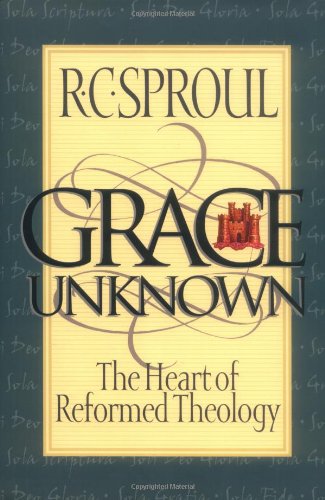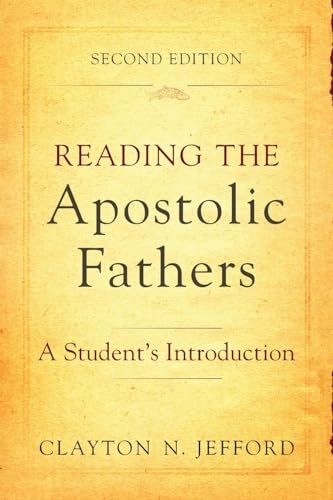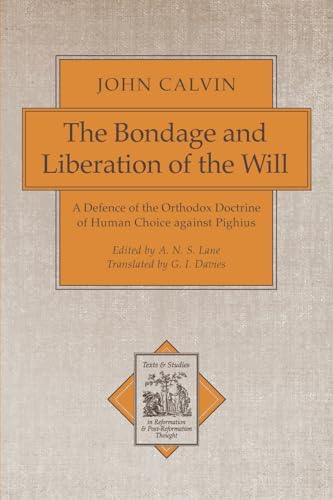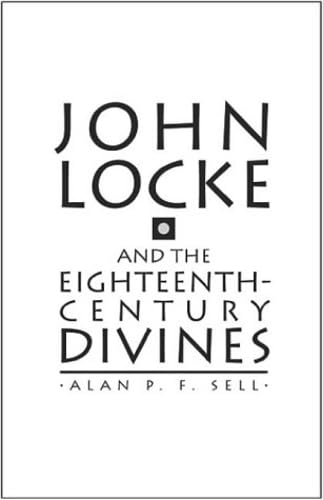Biblical Interpretation Past and Present
Written by G.L. Bray Reviewed By Roy KearsleyA quotation on the dustcover of this book has a reviewer claiming that Gerald Bray’s survey of two thousand years of biblical interpretation has no obvious rival. Don’t be put off—the claim is not an exaggeration. One would have to trawl very far out indeed to find anything in the subject area to match this impressive and readable work. The author is best known for his ease in Christian doctrine, but this work shows him to be perfectly comfortable and erudite in OT and NT studies as well as hermeneutical issues which straddle both. Don’t use the book for just one purpose! It is an excellent primer into the historical background and main issues of OT and NT studies in general. But primarily it uses such background to chart the twists and turns of biblical interpretation from the earliest writers up to more recent time.
The method of the book could be a disaster in less able hands, but here it is a triumph. Each sections opens with a summary in advance, indicating its significance. Then follows a crisp presentation of the essential facts for the period in mind, cameos of key figures and a round-up of the key issues arising. Each section rounds off with a case-study for the period, focusing upon a key biblical book. The beauty of the scheme is that the reader can dip independently into any one of these sections without having to read all of them. We’ll overlook the fact that it is a gift to the lazy student mugging up for exams! It is a clever idea, well executed, separating out different kinds of material for different purposes, and it seems to work without undue repetition.
There are may merits, and all of them substantial. Even the highly informed reader will find stimulating insights, bonus details (in the cameos especially), a strong faith and an application to Christian life and witness. The style is easy, and a feeling of enthusiasm runs through every section. No period phases the author. He takes on, with consistent competence, the patristic, medieval, renaissance, reformation and modern periods. He stays with each just long enough to maintain interest and capture key issues before moving on.
There are flaws. But not many. Although there are some gracious, and needed, clarifications out of fairness to feminist theologies, Gerald Bray sometimes seems too dismissive of alternative, less traditional, readings of vexed passages on gender equality. Surely a tiny hint of suspicion of two thousand years of male interpretation could be tolerated without shaking any foundations! Again, Biblical Studies is now a discipline of fast-changing literature, and the bibliographies sometimes betray a slight datedness by just a few years—perhaps the time it can take to progress a manuscript through several readers to publication.
But no-one should be put off by these cavils. We have here a first-class work, just the thing to put into the hands of someone approaching the subject for the first time. But it is also a valuable resource book to keep. You will be dipping into it for a long time. And it is worth every penny.
Roy Kearsley
Glasgow Bible College






